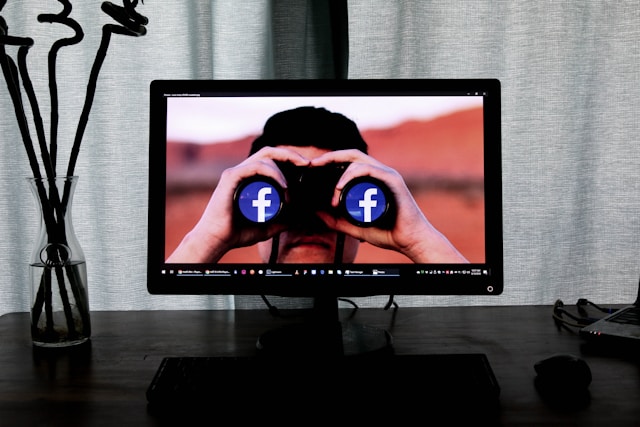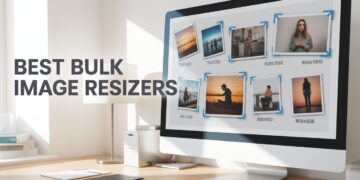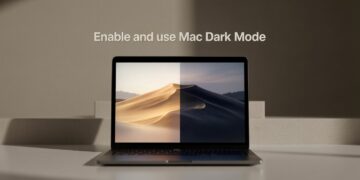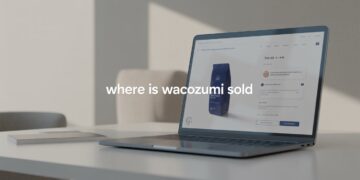In today’s digital age, protecting your online privacy is more important than ever. Social media platforms like Facebook collect a vast amount of personal information, from your location and relationships to your browsing habits and political interests. If your profile isn’t properly secured, this data can be exposed not only to strangers but also to advertisers, third-party apps, and even potential scammers.
Fortunately, Facebook offers a range of privacy settings to help you take control of your account. Whether you’re concerned about who can see your posts or want to know how to make Facebook private, this guide will walk you through all the essential steps to lock down your Facebook profile for maximum privacy.
Why Facebook Privacy Matters
Many users don’t realize just how much of their information is public by default. Your birthday, friends list, photos, and even the groups you join can all be visible to people outside your network. In the wrong hands, this information could be used for identity theft, phishing schemes, or targeted manipulation.
Beyond threats from strangers, advertisers use your data to build detailed profiles and serve you hyper-targeted ads. If you’re not careful, Facebook privacy settings can be left wide open, making your online activity easy to monitor. This is why learning how to make Facebook private is crucial for maintaining your digital security.
Start with a Privacy Checkup
Facebook has a built-in tool called Privacy Checkup that simplifies the process of adjusting your privacy settings. It’s the easiest starting point for anyone looking to lock Facebook profile settings quickly.
To access it:
-
Open Facebook and click the profile icon or three-line menu.
-
Go to Settings & Privacy > Privacy Checkup.
-
Follow the guided steps to review who can see your posts, profile info, app access, and more.
This feature walks you through various categories, offering clear recommendations to improve your privacy. It’s also useful for identifying outdated settings that may have changed over time.
Control Who Sees Your Posts
One of the most important ways to safeguard your privacy is to manage who can see your posts.
Set a Default Audience
Go to Settings > Privacy > Your Activity and change the “Who can see your future posts?” option to Friends or Only Me—never Public unless necessary.
Customize Individual Posts
Each time you post, Facebook gives you the option to select an audience: Public, Friends, Friends except…, or Specific friends. Use this tool to tailor your sharing preferences per post.
Limit Past Posts
If you’ve been posting publicly in the past, Facebook allows you to limit the audience of those posts in bulk:
-
Go to Settings > Privacy.
-
Click Limit Past Posts to change all public posts to Friends-only.
By being mindful of your audience, you take a major step toward Facebook account security.
Manage Profile Information Visibility
Many users don’t realize that details on their profile like their phone number, birthday, workplace, and education are often publicly visible. Here’s how to adjust that:
-
Go to your profile and click Edit Profile.
-
For each section (e.g., Intro, Work, Education), click the Edit icon.
-
Use the privacy icon next to each item to choose Only Me, Friends, or Custom.
Hide Your Friends List
Go to Settings > Privacy > How People Find and Contact You and set Who can see your friends list? to Only Me or Friends.
Remove Sensitive Info
Consider deleting or hiding data that doesn’t need to be there. The less information you provide, the more private your profile becomes.
Lock Down Photo Tags and Facial Recognition
When friends tag you in photos, those images may become visible to people you don’t know. To manage tags:
-
Visit Settings > Profile and Tagging.
-
Set Review tags people add to your posts before they appear? to On.
-
Turn on tag review to approve each tag before it goes live.
Disable Facial Recognition (if available)
Facebook previously used facial recognition to suggest tags and identify you in photos. While this feature has been phased out in some regions, check your Settings > Face Recognition to disable it if it’s still active on your account.
Review App and Website Permissions
Every quiz, shopping site, or news app you’ve logged into with Facebook may still have access to your profile data.
To revoke unnecessary permissions:
-
Go to Settings > Apps and Websites.
-
Review the list of active apps.
-
Remove access to any app you no longer use.
This is an essential step to prevent third-party services from collecting or misusing your information. Regularly reviewing these settings is key to maintaining strong Facebook account security.
Secure Your Login
Even with perfect privacy settings, your account is still vulnerable if someone gains access to it. Here’s how to protect your login:
Enable Two-Factor Authentication (2FA)
-
Go to Settings > Security and Login.
-
Under Two-Factor Authentication, click Edit.
-
Choose between text message or an authentication app.
Monitor Devices
Under the Where You’re Logged In section, review all devices and sessions. Log out of any you don’t recognize.
By tightening your login procedures, you make it significantly harder for hackers to access your profile—even if they know your password.
Other Tips for Staying Private on Facebook
-
Avoid Online Quizzes: Many viral Facebook quizzes are designed to collect personal data.
-
Think Before You Like or Comment: Interacting with public posts can reveal your activity to people outside your network.
-
Be Careful in Groups: Some Facebook groups are public, meaning your comments are visible to anyone even non-members.
-
Regularly Check Your Privacy Settings: Facebook frequently updates its platform, so settings may change without notice.
Final Thoughts
Learning how to make Facebook private isn’t just about hiding your posts from strangers, it’s about taking control of your online identity. By following the steps outlined in this guide, you can significantly reduce your exposure and enjoy a safer, more private social media experience.









